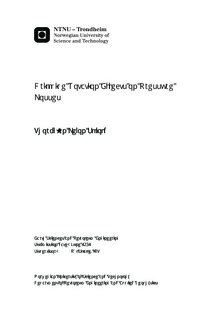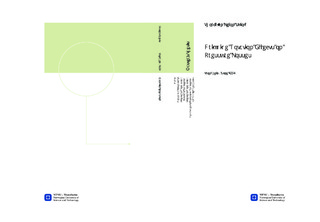| dc.description.abstract | Keeping control of the downhole pressure is important in any drilling situation, and especially when a narrow pressure window is experienced. The equivalent circulation density is influenced by rotation of the drillpipe, but there is no existing mathematical description for this behavior. In present project, existing knowledge of how drillpipe rotation affects pressure losses was presented, and used as a foundation in the development of empirical equations through regression analysis. Several data sets were gathered from various field studies, and a set of working equations was developed. The equations were presented in two different forms. One equation expressed pressure losses with rotation and without rotation, ΔPω≠0/ΔPω=0 vs. revolutions per minute. The three other equations describes ΔPω≠0/ΔPω=0 vs. Reynolds number, for selected rotation speeds.The four equations were tested for their accuracy by comparing with simulations performed in the software Drillbench®, by comparing with an existing mathematical model, and by comparing with virgin field data. All equations gave predictions close to the existing semi-empirical model. The equation described as a function of RPM predicted a smaller pressure loss ratio than the field study for a rotation speed of 60 RPM, but came within the results from this study for a rotation speed of 120 RPM. The equations expressed as a function of Reynolds number gave results closer to the semi-empirical model than the RPM-equation. All equations predicted a larger pressure loss than the simulations performed in Drillbench®, in some cases even twice as large. To further improve the equations, larger data sets have to be acquired. The quality of the equations will improve if they cover more situations, and if they are based on a wider spread in the data sets. | nb_NO |

